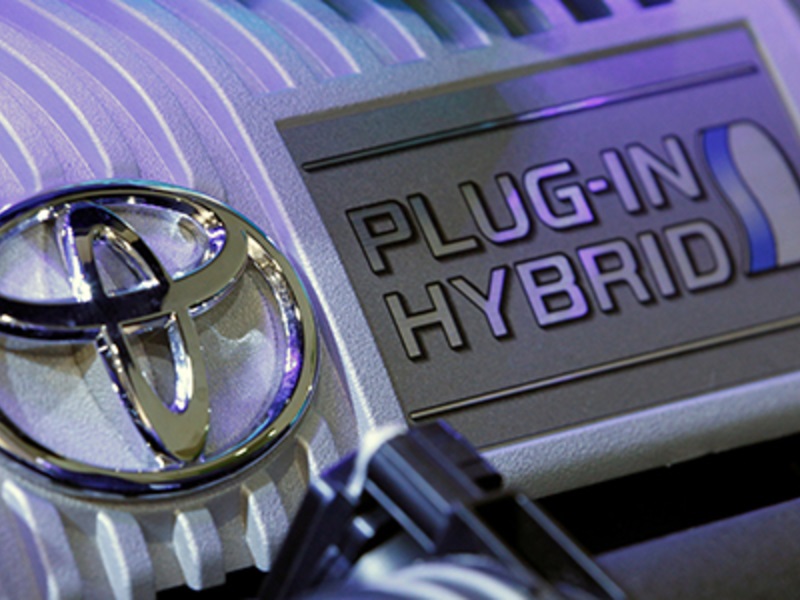Community There are several techniques to build wireless networks. Using the information in this article, you’ll get a better grasp of the many types of wireless network devices and engineering wireless services and how they may be put to use in various network topologies. Use the information and suggestions in this document to establish a team and design a wireless network that works best for your neighbourhood.
This material should take between 30 and 45 minutes to read. As a result, the exercises and subsequent study in a group may take longer to complete.
Wireless Devices Take on Multiple Roles
Wi-Fi devices may be configured to operate in one of three “modes.” A Wi-Fi device’s role in a network may be described in terms of one of these modes, and networks are built by combining devices that can fulfil each of these functions. The kinds of connections you wish to make between various parts of the network define the device configuration.
Many different types of equipment are used to illustrate and explain these modes. As well as smartphones, tablets, and laptops, routers are the gear that makes a network operates. Network devices such as routers may link two networks, select what data is allowed to flow between them, and perform other tasks on a network including assigning IP addresses (internet protocol addresses). Routers are discussed in further detail in the section titled Learn the Basics of Networking.
There must be a relationship somewhere between these two things
Clients and Mesh nodes must constantly connect to each other in order for the network to work properly, as can be seen from the responsibilities described above. Due to Wi-design, Fi’s separate roles are also unable to communicate with one another.
Point-to-multipoint model for Wireless Internet Service Providers
This kind of network may be built by combining two concepts that have already been utilised in previous networks: a high number of client devices linked to an Access Point, and the deployment of more powerful antennas on outdoor devices to enable more extensive communication ranges. One device serves as the “centre,” which manages all the Clients connected to it and acts as a bridge between those connections and the Internet as a whole in large-scale Access Point networks.
To connect families and businesses to the Internet, engineering wireless services utilise these kinds of networks to connect to the Internet. Instead of laying cables across the neighbourhood and town, it is ideal to place one or more powerful Access Points atop a large building or tower. Expert networks and the Internet may be expanded by placing directional wireless devices in the Client role on other rooftops and pointing them toward the tall structure or tower that is being connected.











Comments